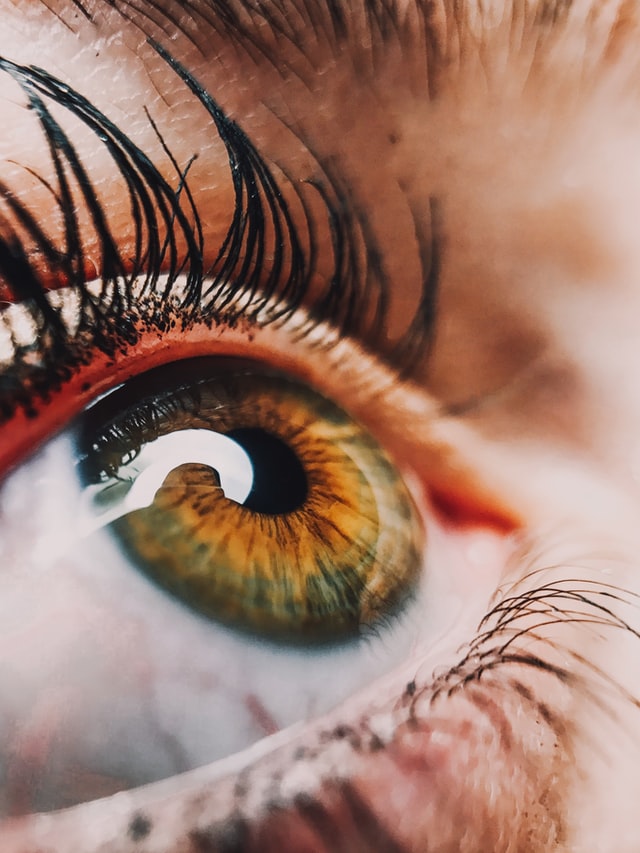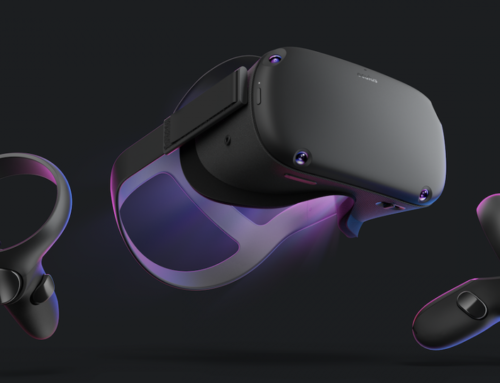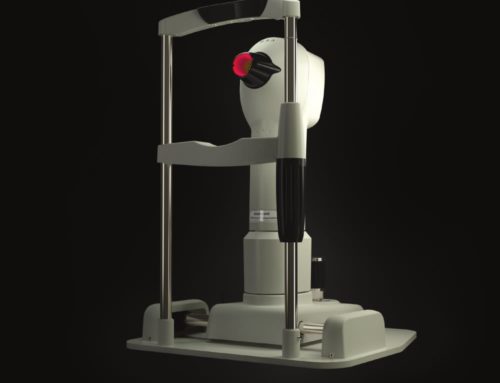The FYI Series is intended to discuss popular topics and to show the topics as FACT or FICTION.
Are your eyes dry, itchy, irritated or watery? Does it feel like you have sand or dust in your eyes? This may not just be your run of the mill seasonal allergies. You may suffer from meibomian gland dysfunction. This condition is often misunderstood.

Studies have found that when we do near work, as we are often very focused, our blink rate decreases.
Meibomian gland dysfunction (MGD) is very common with approximately 70% of people suffering from this disorder. In early stages, you may not notice any symptoms, but if left untreated it can cause the above symptoms along with poor, blurry and fluctuating vision.
Meibomian glands are the tiny oil glands which line the margin of the eyelids. These glands release oil, which coats the surface of our eyes and keeps the water component of our tears from evaporating (dry out). The combination of tears and oil creates the tear film. Tear film keeps the surface of our eyes healthy and promotes good vision.
On the eye lid margins, we have oil, tears and bacteria. When there is an imbalance, we have to some degree Meibomian gland dysfunction. The imbalance occurs, when the oil glands become clogged.
WHY does this happen?
We have an eyelid muscle that squeezes the oil glands as we forcefully blink. When we focus for long periods of time, our brain wants to take in as much information as possible meaning we blink less than we normally would. This contributes to the oil stagnating, and not properly released.
FACT or FICTION – A symptom of Dry eye syndrome can be watery eyes.
FACT – There are different types of dry eye syndrome. MGD is a type of dry eye syndrome. As there is a lack of oil in MGD, the tear glands will compensate by producing more tears to keep the eyes moist and lubricated.
HOW to treat?
As the oil glands are clogged & not producing adequate oil. They need to be unclogged! Although it sounds simple, use of warm compresses will melt the solidified oil! Once the oil glands are melted, you need to gently massage your eye lids to release the melted oil. The goal in treatment is to decrease the dependence on eye drops.
Follow these tips to Reduce Meibomian Gland Dysfunction
- Remember the 20/20/20 Rule => For every 20 minutes of near work, look at something 20 feet away from 20 seconds.
- Blink forcefully during the 20/20/20 Rule.
- Use a warm compress as needed.
- Use eye drops as needed.
- Make sure to have at least a Yearly Eye Exam to rule out eye conditions or eye diseases as they often do not have any symptoms.
Check out our Meet the Doctors page. Both Drs. Anthony Huynh & Anh Do provide care to Orlando patients. Dr. Anthony sees & cares for patients who suffer from dry eye syndrome and meibomian gland dysfunction.
Top image by Unsplash user Jules Tellier used under Creative Commons Attribution-Sharealike 4.0 license. Image cropped and modified from original. The content on this blog is not intended to be a substitute for professional medical advice, diagnosis, or treatment. Always seek the advice of qualified health providers with questions you may have regarding medical conditions.





